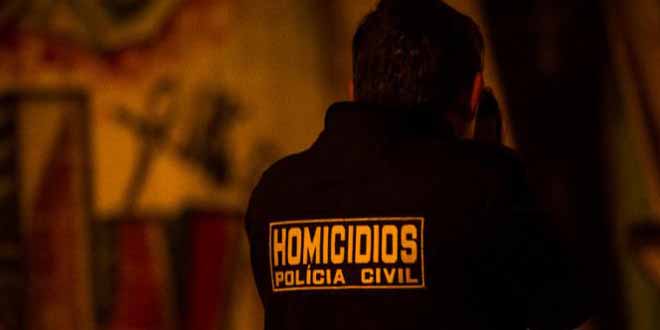
At least 160 people die violently each day in Brazil
A total of 58,559 people died violent deaths in Brazil in 2014, or about 160 every day — and police actions were the second-biggest cause, new statistics said Thursday.
The Brazilian Public Security Forum’s annual study, considered a key reference, said the total number of such deaths — mostly murders — during 2014, the year Brazil hosted the World Cup, was 4.8 percent up on 2013.
The toll includes murder, assaults resulting in death and crimes committed during robberies. It also includes 3,022 deaths at the hands of police during operations and 398 slain police officers.
The leading category of violent death was intentional homicide at 89.3 percent, but the distant second cause was killings by the security forces, amounting to 5.2 percent, the study said.
“If we want to talk about reducing violent death in Brazil we have to consider those eight deaths a day at the hands of the police. The Brazilian police probably kill more than any other force in the world. This is inadmissible,” said Renato Sergio de Lima, vice president of the security forum, a non-governmental organization in Sao Paulo.
If anything, researchers say, the police-related death tolls could be too low, due to under-reporting.
Another complication is that statistics refer to “confrontations” between police and criminal suspects, whereas an important proportion of those deaths is believed by human rights groups to result purely from excessive use of police force.
NORTHEAST TOPS VIOLENCE
Topping the violence charts is the country’s impoverished northeast.
In absolute numbers the worst state was Bahia, which had 6,265 murders, a rate of 41.4 for every 100,000 people. The smaller Alagoas state in the same region, however, had a rate of 66.5 violent killings for every 100,000.
Rio de Janeiro state — including next year’s Olympic host Rio, a city that has long led in urban crime — saw 5,719 killings, a rate of 34.7 for 100,000, which is 13.3 percent less than in 2013.
That drop is seen as a result of the intense policing of Rio slums, or favelas, with so-called Police Pacification Units, which have worked to squeeze out drug traffickers.
However, according to Amnesty International, that near-war-like campaign against gangs has seen heavily armed police often breaking the law and executing suspects.
“We cannot keep responding to violence with violence,” de Lima said. “That must change. We need to solve crimes, improve investigations and punish criminals with use of better technology and human resources.”
The rich state of Sao Paulo, which has a population of 40 million, saw 5,612 violent deaths in 2014, but a rate of just 12.7 percent for every 100,000, the lowest in the country.
The national rate of violent deaths for 100,000 people was 28.9 in 2014.
Among cities, the most violent was Fortaleza in the northeastern state of Ceara, with 1,989 killings, a rate of 77 for every 100,000 people.
News source: AFP/ Natalia Ramos

